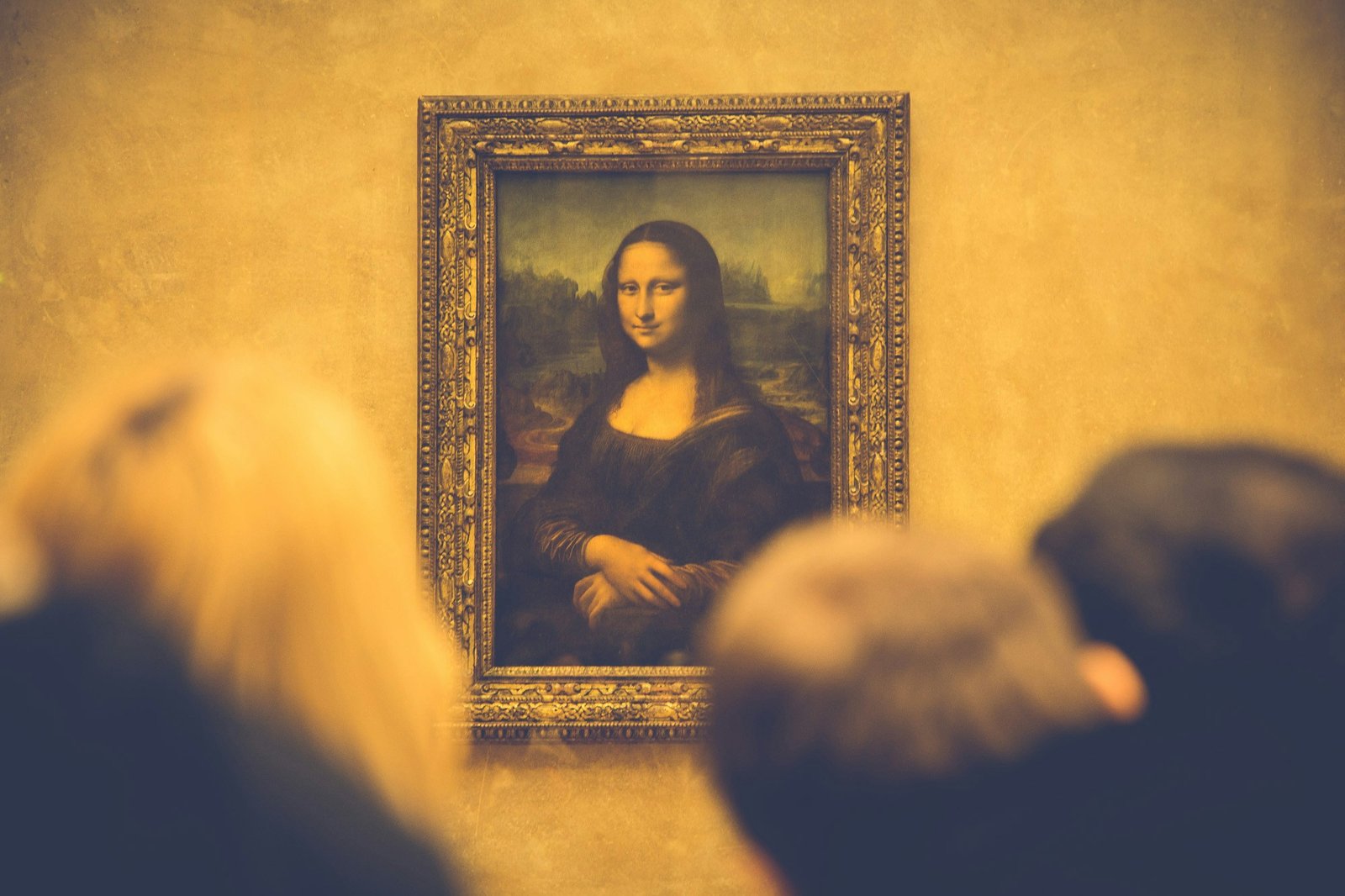Leonardo da Vinci, the renowned Italian painter, inventor, and scientist, left an indelible mark on the world with his extraordinary talents and insatiable curiosity. Born on April 15, 1452, in Vinci, Italy, he became one of the most influential figures of the Renaissance period. His wide range of interests and diverse body of work have cemented his status as one of the greatest creative minds in history.
Da Vinci’s artistic prowess is evident in his iconic paintings, which continue to captivate audiences to this day. Perhaps his most famous masterpiece is the enigmatic “Mona Lisa,” a portrait that showcases his exceptional skill in capturing the human form and expression. Another notable work is “The Last Supper,” a monumental mural that depicts the final meal of Jesus and his disciples with remarkable detail and emotional depth.
However, da Vinci’s artistic talents were not limited to painting alone. He was also an accomplished draftsman, producing intricate and highly detailed drawings that showcased his keen observation skills. His scientific manuscripts, filled with meticulously rendered illustrations, reveal his insatiable curiosity about the natural world.
Da Vinci’s scientific pursuits covered a wide range of subjects, including anatomy, zoology, and engineering. His fascination with the human body led him to conduct extensive studies on human anatomy, creating detailed drawings that provided valuable insights into the structure and function of the human form. These anatomical studies, though not widely disseminated during his lifetime, have since become invaluable resources for medical professionals and artists alike.
In addition to his exploration of the human body, da Vinci delved into the world of machines and mechanics. His drawings and designs for various contraptions, such as flying machines and war machines, showcased his innovative thinking and mechanical aptitude. While many of his inventions were not realized during his lifetime, they served as a testament to his visionary ideas and laid the foundation for future advancements in engineering and technology.
Da Vinci’s interest in flight was particularly notable. He studied the anatomy of birds and observed their flight patterns, leading him to design flying machines that emulated the movements of these avian creatures. His sketches of helicopters and gliders demonstrated his understanding of aerodynamics, foreshadowing the development of modern aviation centuries later.
Furthermore, da Vinci’s scientific inquiries extended to the field of optics. He explored the nature of light and its properties, conducting experiments and documenting his findings. His observations and theories on optics contributed to advancements in the understanding of light and laid the groundwork for future developments in optics and photography.
Leonardo da Vinci’s legacy as a creative genius continues to inspire artists and scientists alike. His ability to seamlessly merge art and science, coupled with his insatiable curiosity, remains a testament to the power of interdisciplinary thinking and the boundless potential of the human mind. His works, both artistic and scientific, stand as timeless symbols of creativity and innovation, serving as a reminder of the profound impact that one individual can have on the world.

